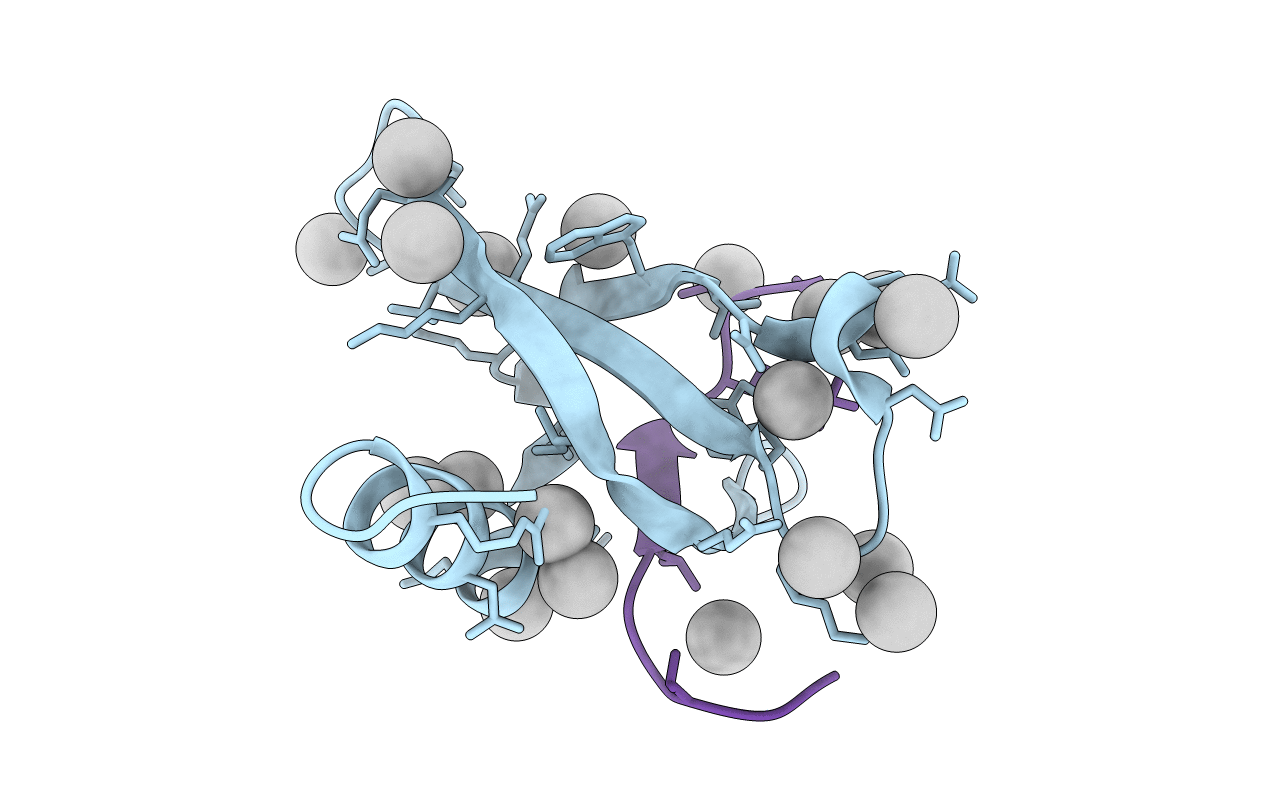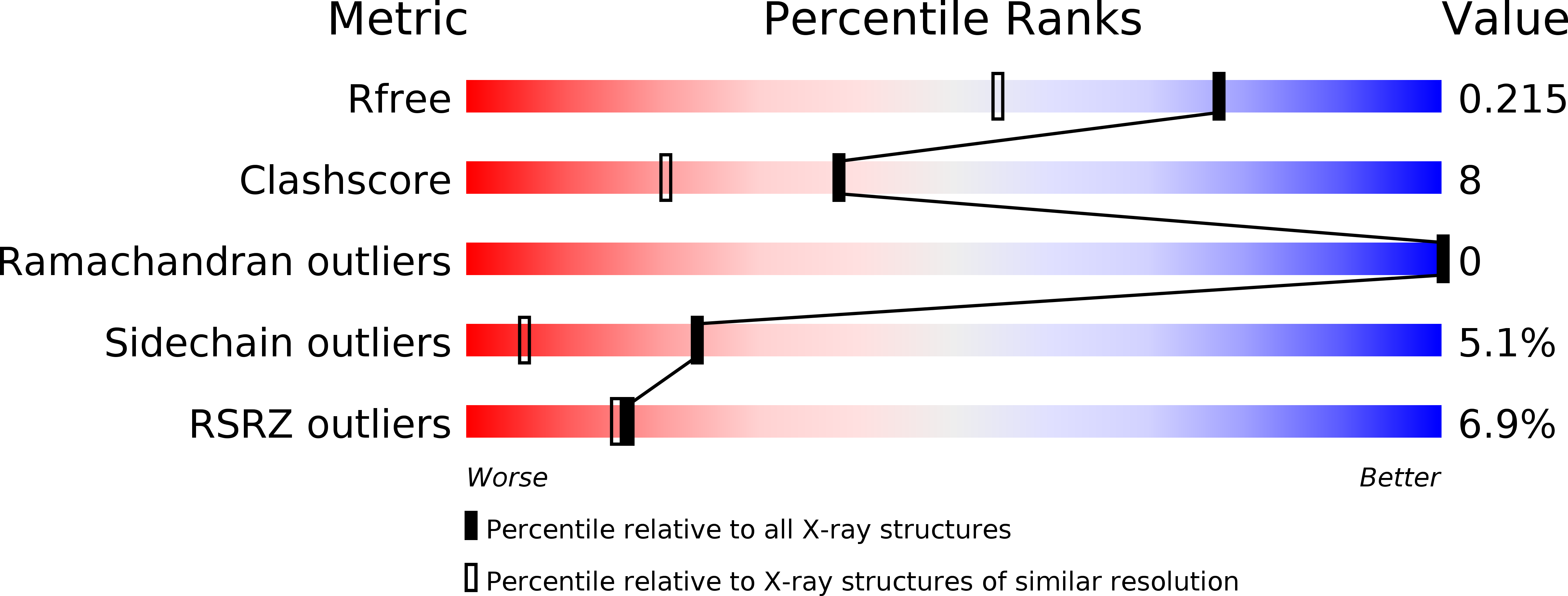
Deposition Date
2019-11-27
Release Date
2019-12-25
Last Version Date
2025-10-22
Method Details:
Experimental Method:
Resolution:
1.60 Å
R-Value Free:
0.21
R-Value Work:
0.19
Space Group:
P 43


